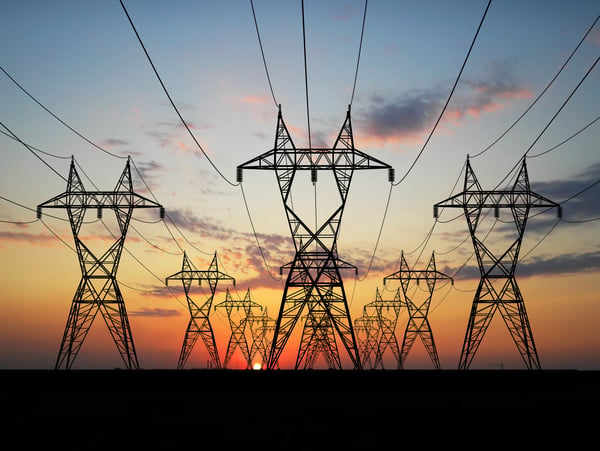Governors of PJM States Intensify Pressure on PJM for Reform
A bipartisan group of governors of PJM Interconnection (PJM) member states has intensified calls for reforming PJM after what they have described as a “crisis of confidence,” citing high electricity prices, interconnection delays, and lack of transparency and state participation in the RTO’s decision-making processes.

Council on Environmental Quality Issues Long Awaited Guidance for Environmental Review Across Agencies
On September 29, 2025, the Council on Environmental Quality (CEQ) issued long-awaited guidance to formalize agencies’ individual efforts to implement the National Environmental Policy Act (NEPA). After rescinding the CEQ regulations that shaped NEPA for 40+ years and bearing witness to various agencies’ independent efforts to issue their own NEPA rules, CEQ issued new guidance to more systematically guide the agencies’ efforts. As CEQ notes, “NEPA implementation reform now has been called for, authorized, and directed by all three branches of government at the highest possible level: Congress, the President, and the Supreme Court.” The guidance reflects direction from each.
EPA, Departments of Interior and Energy Announce New Coal-Friendly Policy Initiatives
On September 29, 2025, the Trump Administration unveiled a sweeping set of policy initiatives aimed at revitalizing the U.S. coal sector that spans multiple federal agencies and includes measures such as increased funding and financial incentives, relief from environmental regulatory requirements, and increased access to public lands. In the unveiling, the Administration emphasized the importance of American “energy dominance” and the increased demand for electricity to power artificial intelligence (AI) in order to ensure that the United States wins “the AI arms race” — two themes commonly highlighted by the Administration and its top officials.

Interconnection Reform Critical to the Efficiency of Energy Markets
The U.S. power grid is undergoing a period of rapid change, with federal agencies such as the Department of Energy (DOE) and the Federal Energy Regulatory Commission (FERC) initiating programs and regulatory actions to address the integration of new generation and transmission resources. According to a recent DOE report, the U.S. grid is facing the retirement of 104 GW of firm capacity (generation that can operate continuously) by 2030, and the planned addition of 209 GW of new generation in the same period. The White House is concerned that the retirement of “baseload” power plants will impede President Trump’s economic goals; as such, press reports say that the administration is expected to issue new emergency orders preventing fossil fuel plants from retiring.


